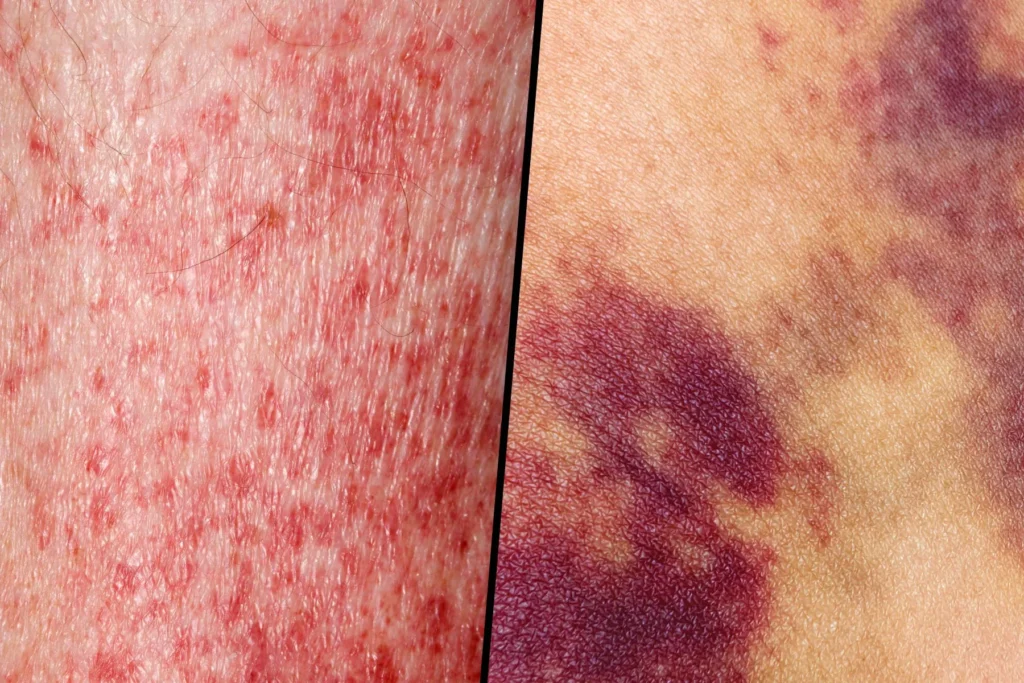Cancer is often associated with visible tumors or abnormal growths, but not all cancers form lumps or masses. Leukemia is one such cancer—it develops in the blood and bone marrow, often silently, and can affect people of all ages. While some forms progress slowly, others strike fast and aggressively.
This article aims to explain what leukemia is, its symptoms, causes, treatment options, and why early diagnosis can make all the difference.
What Is Leukemia?
Leukemia is a type of cancer that affects the blood-forming tissues, especially the bone marrow and lymphatic system. It begins when the bone marrow starts producing abnormal white blood cells that don’t function properly and multiply uncontrollably. These abnormal cells crowd out healthy blood cells, weakening the immune system and disrupting vital body functions.
Types of Leukemia
There are four main types of leukemia, categorized by how quickly they progress (acute or chronic) and which cells they affect (lymphoid or myeloid):
Acute Lymphoblastic Leukemia (ALL)
- Common in children but can also occur in adults.
- Fast-growing and aggressive.
Acute Myeloid Leukemia (AML)
- More common in adults.
- Rapid progression; requires urgent treatment.
Chronic Lymphocytic Leukemia (CLL)
- Often affects older adults.
- May progress slowly and may not need immediate treatment.
Chronic Myeloid Leukemia (CML)
- Affects mostly adults.
- Has a slower initial phase but can accelerate if untreated.
Common Symptoms of Leukemia
Leukemia can be difficult to detect early because symptoms often resemble those of flu or other common illnesses. Be alert to:
- Unexplained fatigue and weakness
- Frequent infections
- Easy bruising or bleeding (e.g., nosebleeds, gum bleeding)
- Fever or night sweats
- Bone or joint pain
- Swollen lymph nodes (especially in the neck or armpits)
- Unexplained weight loss
- Pale skin (anemia)
If these symptoms persist or worsen over time, consult a doctor especially if there’s a family history of blood disorders or past exposure to radiation or toxic chemicals.
How Is Leukemia Diagnosed?
To confirm leukemia, a doctor may recommend:
Complete Blood Count (CBC): To check the levels of white and red blood cells and platelets.
Bone Marrow Biopsy: To examine the blood-forming tissue for cancer cells.
Genetic Testing: To identify mutations that can guide treatment.
Imaging Tests (e.g., CT scan, X-ray): To check if the cancer has spread.
Early diagnosis allows for better treatment outcomes and more targeted therapy.
Leukemia Treatment Options
Treatment depends on the type of leukemia, age, overall health, and stage of the disease. Common treatments include:
Chemotherapy: The most common treatment for leukemia. It uses drugs to kill or stop the growth of cancerous cells.
Targeted Therapy: Focuses on specific genes or proteins involved in leukemia growth.
Immunotherapy: Helps the body’s immune system recognize and fight cancer cells.
Radiation Therapy: Used in specific cases to destroy leukemia cells or prepare for a bone marrow transplant.
Bone Marrow/Stem Cell Transplant: Replaces diseased bone marrow with healthy cells, especially in advanced or relapsed cases.
In Nepal, institutions like Nepal Cancer Hospital and Research Center (NCHRC), BP Koirala Memorial Cancer Hospital, and Kanti Children’s Hospital offer leukemia diagnosis and treatment services. Many patients also receive cross-border treatment in India, depending on case complexity.
Living With Leukemia: Hope, Not Fear
Thanks to advancements in modern medicine, leukemia is no longer an automatic death sentence. Survival rates, especially for children with ALL and adults with CML, have improved significantly with early detection and proper treatment.
Psychological support, a balanced diet, infection control, and regular follow-ups are crucial parts of managing life with leukemia.
Final Thoughts
Leukemia may not be as visible as other cancers, but it is just as serious. The good news? It is treatable—and in many cases, curable—especially when caught early. That’s why awareness matters.
If you or a loved one experience persistent symptoms or have a family history of blood cancer, don’t delay seeking medical advice. Cancer care begins not just with doctors and hospitals, but with information, awareness, and timely action.
Early diagnosis saves lives. Don’t ignore the signs.
Stay informed. Stay hopeful. Stay strong.

